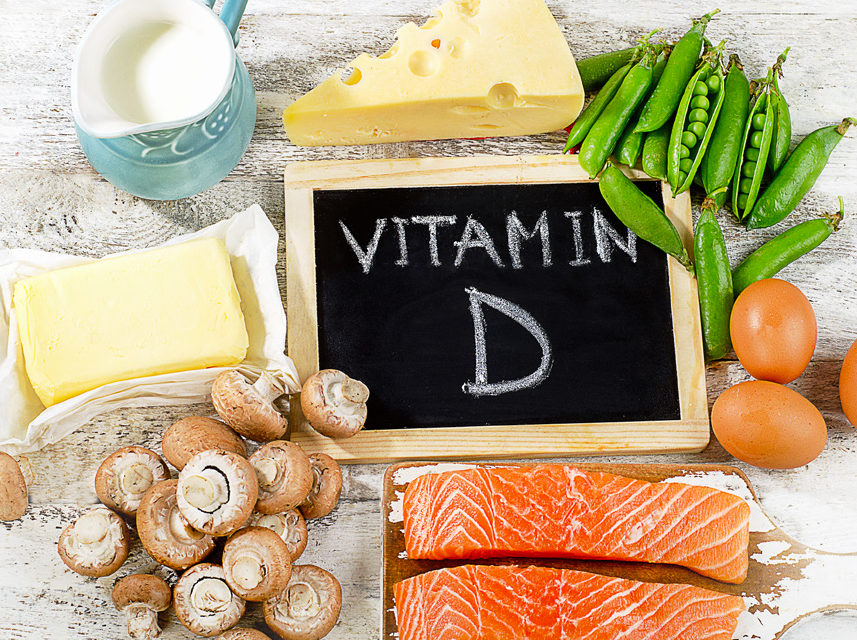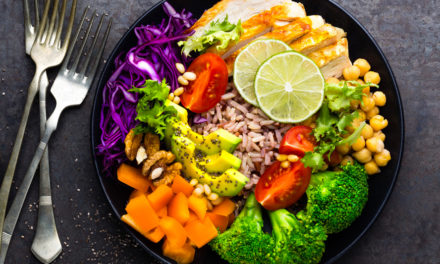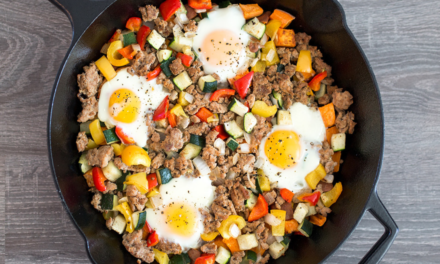After many April showers, Memphis is ready for warmer weather and sunny days! Did you know sunlight helps to make vitamin D? A nutrient and a hormone, we can consume vitamin D and create it from sunlight absorbed by our skin. Once overlooked, vitamin D is now one of the main nutrients listed on every nutrition label.
New research continues to emerge regarding vitamin D’s many roles in the body and the importance of adequate levels for overall health. For instance, vitamin D plays an important part in bone health by helping the body absorb calcium that mineralizes bones for a strong skeletal system. This powerful nutrient also helps prevent osteomalacia and osteoporosis, or the softening of and reduction in density of bones. Vitamin D also aids in proper digestive, immune, and nervous system function. The latest research shows that vitamin D sufficiency may also support reduced inflammation and mood regulation.
Bringing Light to Vitamin D
The “sunshine vitamin” is produced when sunlight hits our skin, converting cholesterol into vitamin D. It’s important to note that sunscreen reduces vitamin D production by 95%. Experts recommend 10 to 15 minutes in the sun, with exposed arms, legs, back, or abdomen to promote optimal vitamin D levels. Some people have more difficulty producing vitamin D, including individuals with darker skin, older adults, those living far from the equator, and people with very little sun exposure. If any of these sound like you, it’s time to eat…
Foods With a Function
There are few naturally occurring food sources of vitamin D, but food fortification, where vitamins and minerals are added to foods, makes it a little easier to eat your vitamin D. Keep in mind that vitamin D is a fat-soluble vitamin, meaning dietary fat is required for digestion, absorption, and transport throughout the body. What a great (and satisfying) reason to include a source of fat at each meal! Good food sources of vitamin D include:
- Swordfish, salmon, tuna, and other fatty fish
- Egg yolks (Yes, you can eat the whole egg!)
- Ready-to-eat cereals
- Fortified 100% orange juice
- Fortified milk (Pro tip: choose a milk with fat for optimal absorption!)
It can be difficult to eat enough vitamin D. Beginning each day with a balanced, adequate breakfast is a great place to start. After all, many of our vitamin D fortified foods are traditionally “breakfast” foods. With these meal ideas, the expression “Good morning, Sunshine!” has a whole new meaning.
| Option One | Option Two |
| 1 glass fortified orange juice 2 eggs Whole wheat toast with butter Banana TOTAL: 37% daily vitamin D | 3 oz smoked salmon Bagel Cream cheese Strawberries TOTAL: 112% daily vitamin D |
“D-ficient” to Sufficient
Eating vitamin D foods and spending time in sunlight still may not provide adequate vitamin D. It’s estimated that there are 1 billion individuals in the world with vitamin D deficiency. In America, the population mostly struggles with vitamin D insufficiency (better than deficient, but still not optimal levels). At your next physical, ask your primary care physician to check your serum vitamin D levels. If you’re low, discuss supplementation with your doctor and Registered Dietitian.
Caroline Pruente, MS, RDN, LDN is a nutrition therapist and Registered Dietitian at Memphis Nutrition Group. Memphis Nutrition Group believes in a non-diet approach that promotes overall health and optimal performance without compromising the enjoyment of food. For more information call Memphis Nutrition Group at 901.343.6146 or visit MemphisNutritionGroup.com.







